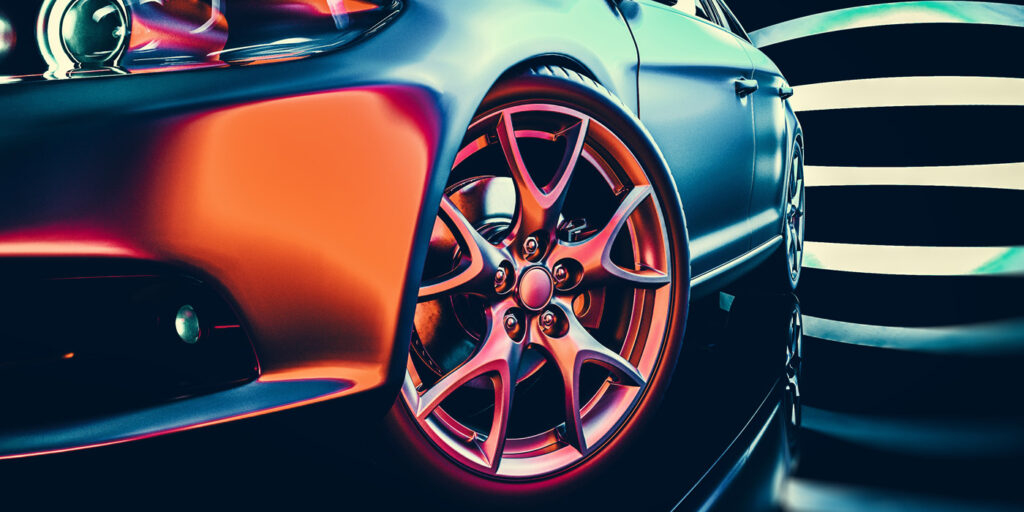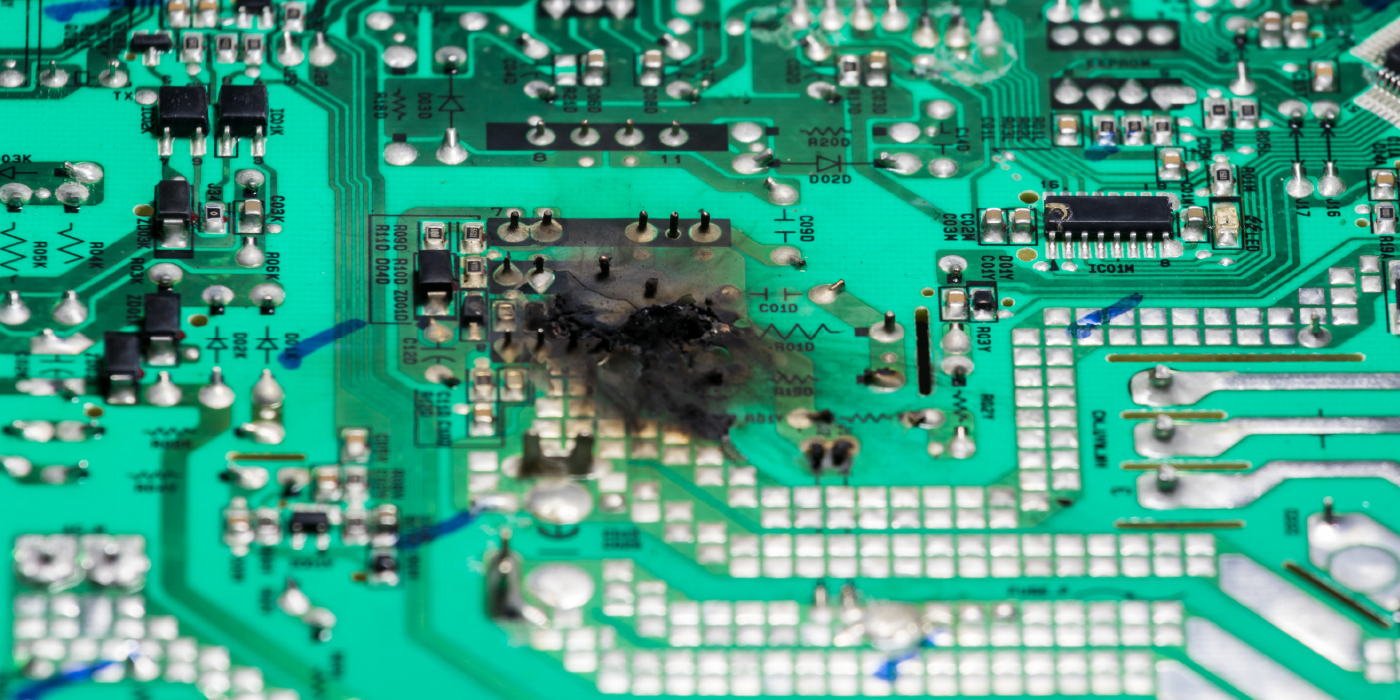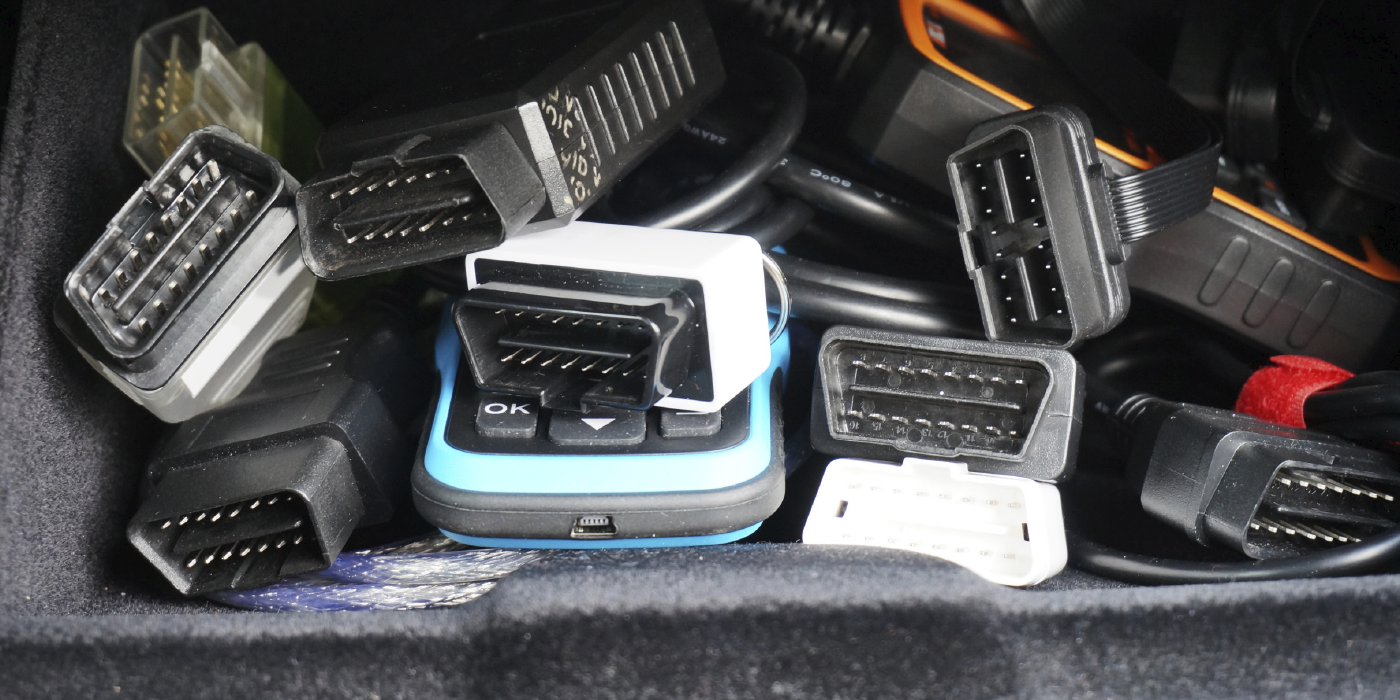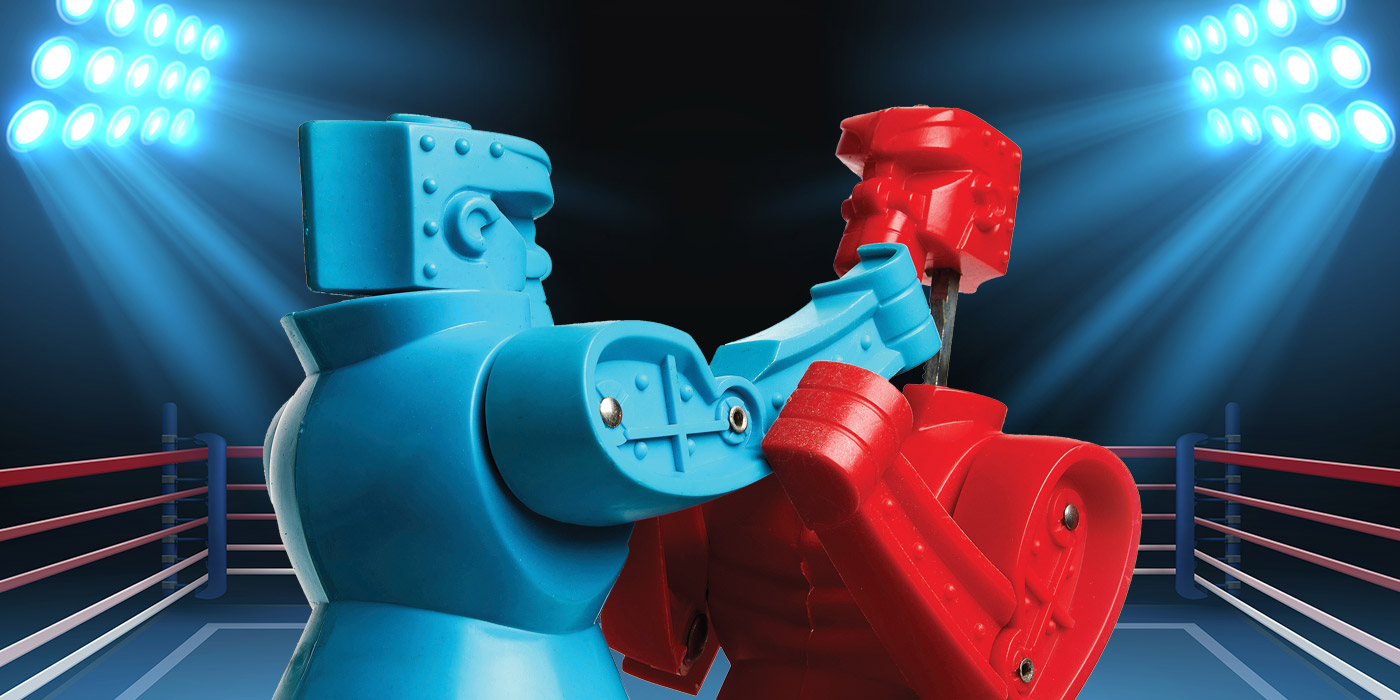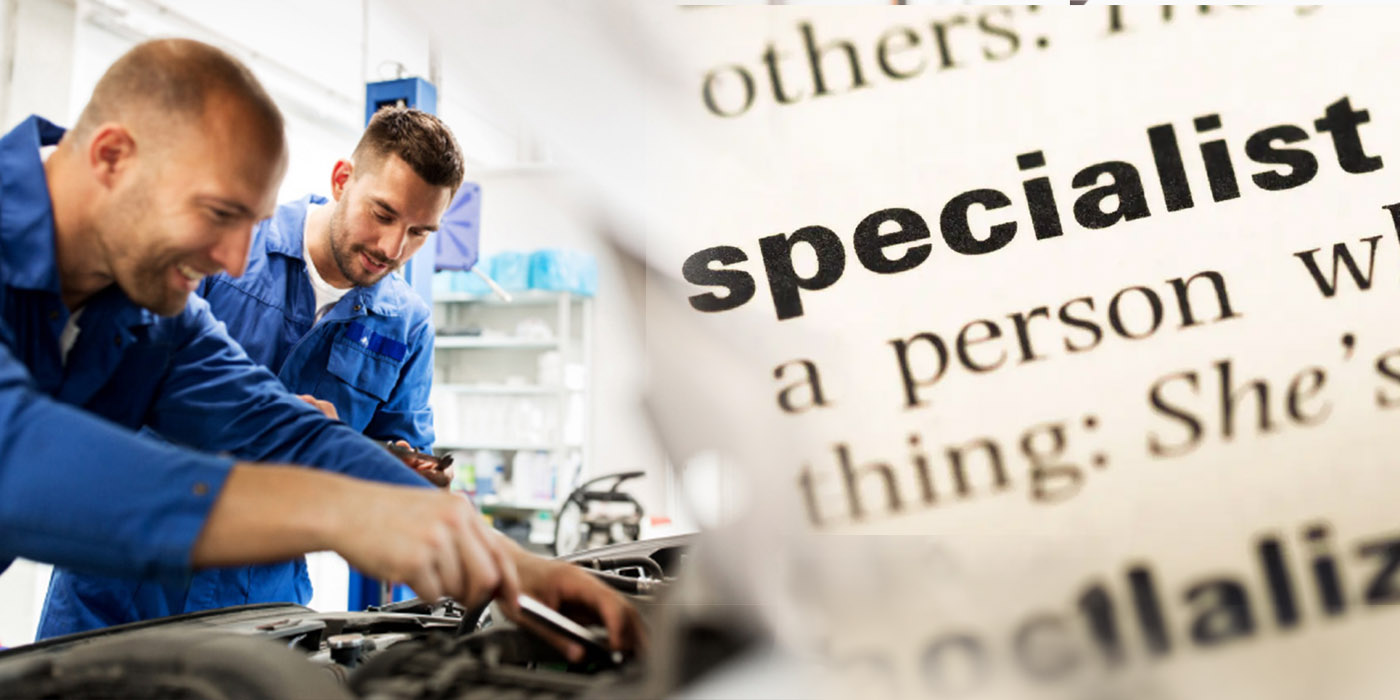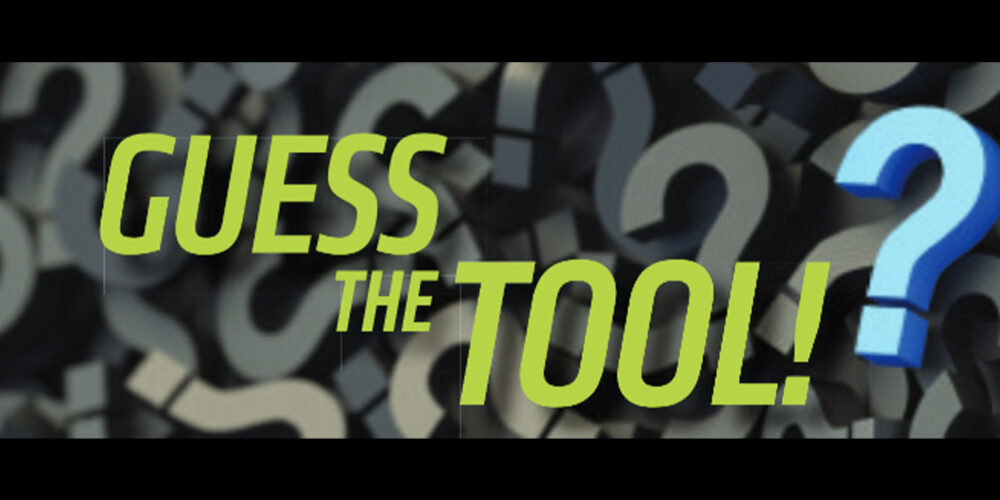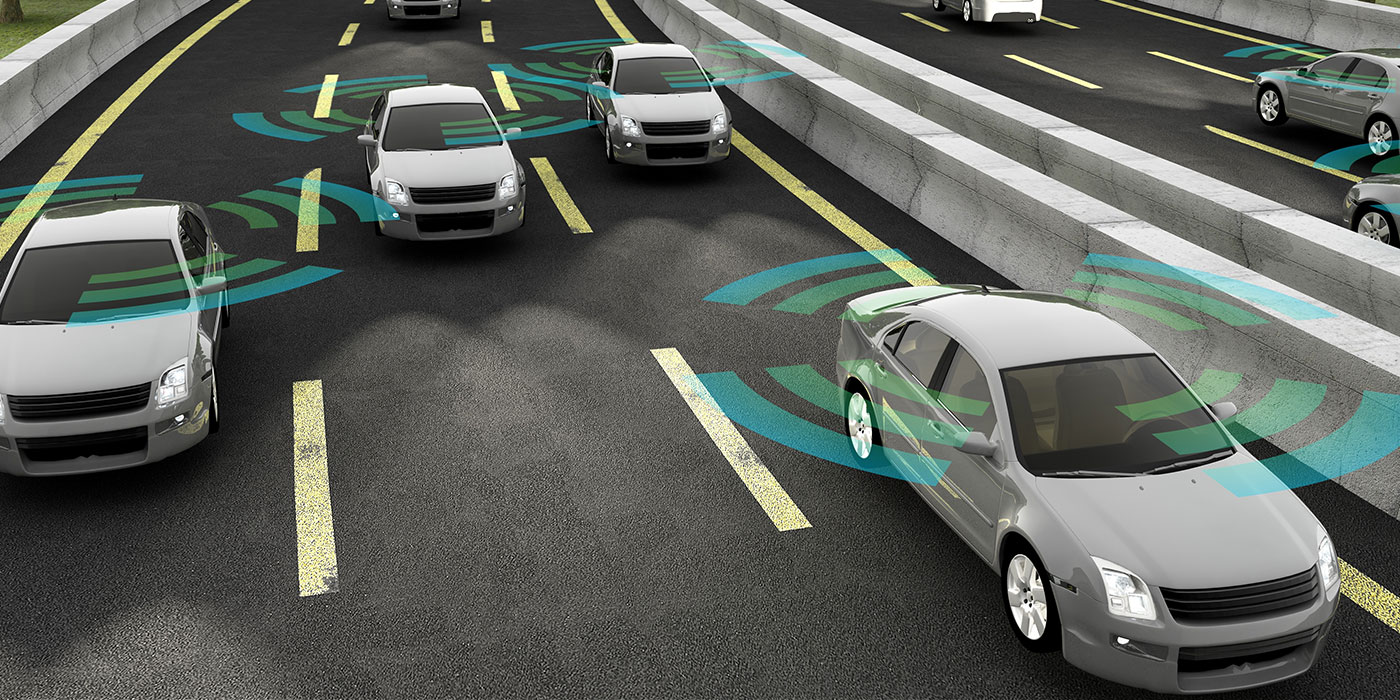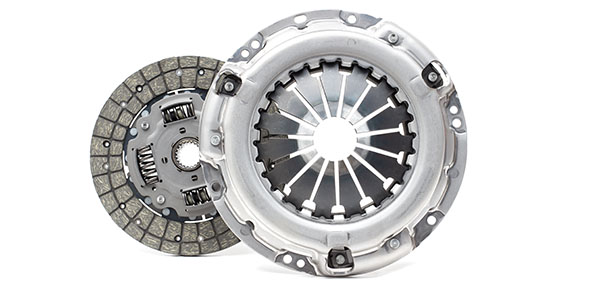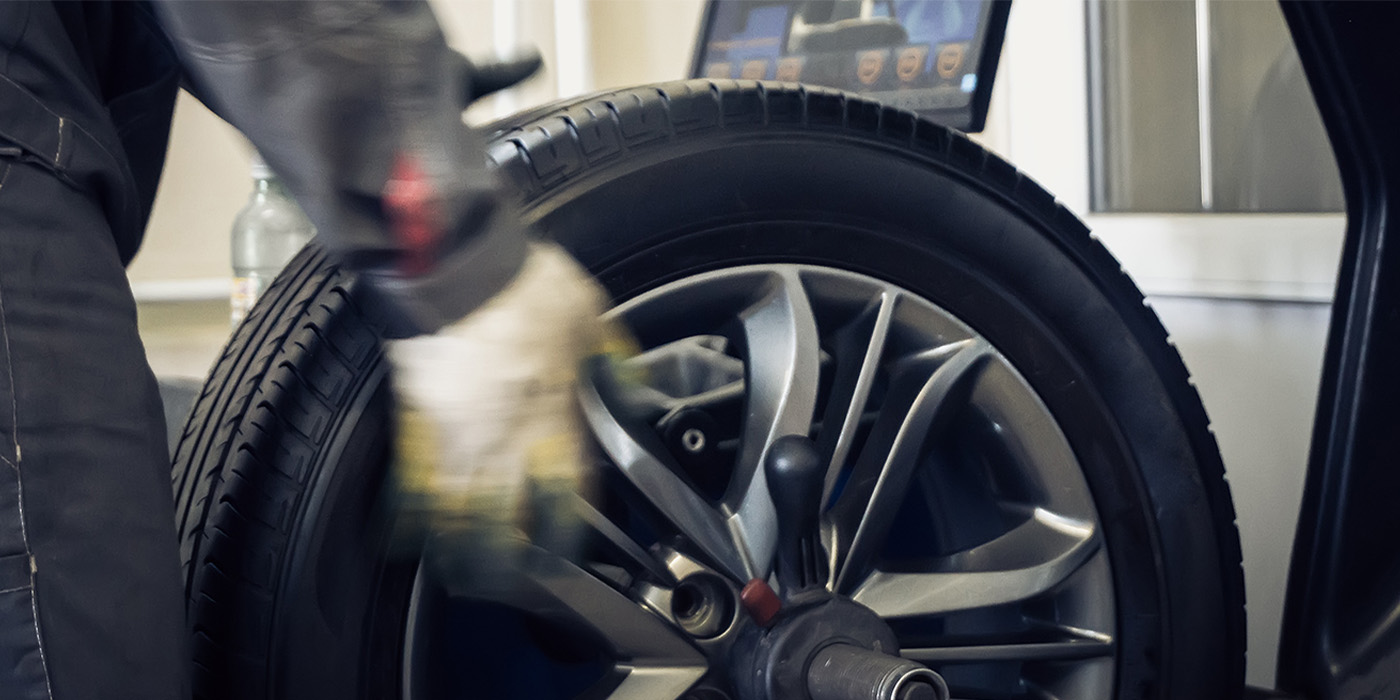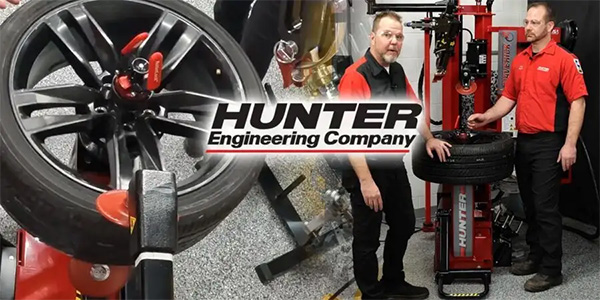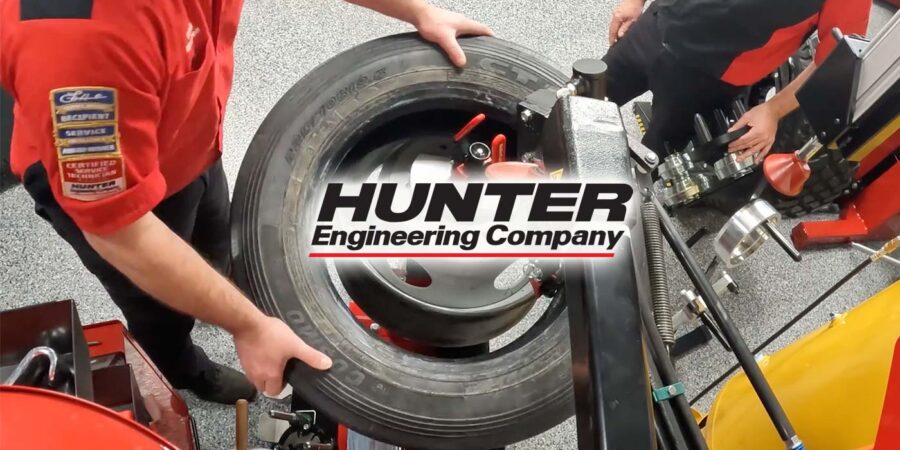Is your shop taking advantage of today’s tire and wheel service equipment? It’s easy to wonder if it’s really any different, but it is, and in many ways, because the industry is different. The wheels, the tires, our customers, shops and technicians are all changing along with technology. But can tire and wheel equipment make a difference? Let’s see what it has to offer.
TIRE CHANGERS
Touchless tire changers really can’t be considered new, but they are the most advanced tire equipment available. Countless hours of engineering to develop this equipment is probably the understatement of the year, but many of you, myself included, still may ask the questions, how do they work and are they dependable?
Those are fair questions. After all, it’s not uncommon for new technology to go through growing pains, but the answer to these questions is yes, and the reason is that the technology responsible for their operation isn’t actually new technology.
One of the primary sensors involved in the operation of a touchless machine is a piezoelectric sensor, often called by the shortened version, piezo. A piezoelectric sensor converts physical changes in mechanical properties such as force or strain into an electric signal. These sensors are incredibly reliable, and the technology has been used in the automotive industry for many years. One of the more common uses we are familiar with is a knock sensor, which in this case converts the physical vibration caused by preignition or detonation.
Also key in operation of a touchless tire changer are potentiometers, which are used to indicate position, and various pressure sensors. Some machines also utilize lasers to assist in bead roller positioning. This is all proven technology, meaning we don’t have to worry about the dependability of a touchless tire machine.
From a technician standpoint, as the wheels and tires continue to get larger in diameter and more performance oriented, it is simply getting harder and harder to change tires — and to do it without damaging the expensive aluminum wheels, which are on most cars today. This type of service being the mainstream, touchless technology is a welcome advancement.
There are different types of touchless machines that require different input from the operator, and what may be best for your shop depends on the volume and type of work you do, but all of them offer many advantages. First, they lift the wheels onto the machine. Our backs will appreciate that. From that point on, they do all the work. Tire irons are not required. The advantages are clear: it protects the technician and eliminates the possibility of damage to the rims or tires.
“This is good, safe technology for people to invest in, and there isn’t a damage concern at all,” said Pete Liebetreu, vice president of marketing for Hunter Engineering Company.
While the traditional touchless tire changer requires operator input, on a fully automatic style of machine a technician can truly “walk away” and the machine will fully dismount the tire. The technician then simply needs to position the new tire and the machine does all the work. This not only saves time but adds the advantage of protecting TPMS sensors and extends the capabilities of less experienced technicians.
“If you’re running a shop, and you’re using your most experienced technician to change tires, you’re probably not getting the maximum out of that technician, who should ultimately be on your drivability issues,” said Liebetreu. “Investing in automation gets the skills of an experienced technician that are built into the machine, allowing you to use the equipment to help grow great technicians for your company.”
Even with the added advantages of a fully automatic touchless changer, some shops may prefer, or need, the ability to control the operation of the machine during the process. A fully automatic machine can handle the majority of low profile, run flat and truck tires, but as tires keep getting bigger and wider, some of the really high-end aftermarket options require a different approach due to the sheer complexity of the mounting process.
In these situations, an experienced tire technician is necessary to perform tire service without damaging the wheels or tires.
“You have to understand the mechanics of how wheel service works, you have to understand the concept of the drop center and you have to understand what you are doing as a technician, but you can do it safely with substantially less chance of damage,” said Dave Wiederschall, product specialist, BendPak Corporation.
Along these lines, some technicians may prefer a more involved control of the touchless machine as opposed to a fully automatic model, partly because there’s often concern about the complexity of operation, which is an area that equipment manufacturers have been sure to address.
“We focused on integrating new technology without making it intimidating,” said Wiederschall, “but it often comes down to shop preference and user preference.”
For those who don’t want a touchless machine, there are still many traditional machines available, such as the table-top rim-clamp style of machine, as well as center-clamp machines. These are popular options for shops that need an extra machine in addition to a touchless, and while both are proven technology, the center-clamp style is slowly becoming more popular.
“We’re really seeing it trend away from tabletops and toward center-clamp machines,” said Liebetreu. “Most shops are realizing that a tabletop machine is not very fast unless you clamp internally, which can damage aluminum wheels. It’s just the way it is, so you need to clamp externally, but if you’re clamping externally, it just takes a lot more time, right? The wheel protection is just built into center clamps.”
WHEEL BALANCING
With mounting out of the way, finishing the job comes to the wheel balancer, and it’s important that your balancer is an efficient piece of equipment. Many technicians have undoubtedly fought with machines that are complicated to set up. We’ve all been there. You start at a new shop, they’ve lost the instructions for the balancer, it’s less than intuitive and everyone you talk to has a different way of using it.
Then there’s the times that after you perform the initial balance, the machine calls for additional weight on the other side. Then the other, then the other. You get the idea. Sometimes it seems like non-stop chasing weights. Has technology made it any easier?
“The idea is to have the tools to get the best balance possible, without over-complicating it,” said Wiederschall. “The advantages offered by technology comes down to easily entering the wheel measurements, first and foremost, and weight placement.”
Three measurements are necessary for balancing a wheel: the wheel diameter, the distance from the side of the balancer to the inner edge of the wheel and the width of the wheel. Many modern wheel balancers feature arms that quickly and easily allow a technician to grab these measurements, making the process virtually as simple as mounting the wheel.
Weight placement is made efficient by lasers and automatic braking systems that stop the wheel exactly where the weight is needed and pinpointing it with a laser. Accuracy is determined internally in the relationship between the computer board and the encoder wheel, which ultimately determines weight placement.
Making sure the wheel is mounted properly on the balancer is the most important aspect of wheel balancing. While this isn’t something that is directly related to technology, per say, it’s an aspect that is often overlooked.
“We’ve found that the hubs on many aftermarket wheels are out of round, and it’s best to use a flange adapter and balance those types of wheels lug-centrically as opposed to hub-centrically,” said Wiederschall.
Since wheel centering is such an important part of balancing, many balancers offer technology that is focused around automatically checking the center of the wheel.
“The ability to do an automatic advanced centering check is really important, since an improperly centered wheel is one cause of weight chasing,” said Liebetreu.
INSPECTION EQUIPMENT
Maybe something we all dream of is automatic inspection equipment. What can that offer your shop? If you’re not familiar with it, automatic inspection equipment scans every vehicle as it comes into the service lane. Not only does it capture images of the vehicle, which can protect your shop from damage claims, but it’s also a great way to provide your customer with a report on tire condition and vehicle alignment.
In addition to saving the time a technician would need to check the alignment, by the time the vehicle gets to the technician, you can already begin the tire and alignment conversation with the customer. It’s a great way to showcase the technology you’ve invested in for your shop, but it also provides the transparency that builds trust with your customer.
“You’re not selling your customer something they don’t need; you’re approaching them about something they need, and customers want to be told what they need,” said Liebetreu. Inspection equipment is an effective tool that helps you approach your customers, start the repair/service conversation with them and build their trust in you.
Making a purchasing decision can be difficult, but it’s important to not think of your equipment as an expense. Your equipment is what earns you money, and if an outright purchase is difficult, you can lease the equipment. If you look at the amount of money it can make you in a month versus the payment, it becomes a lot easier to justify the cost.
Keeping your shop up to date with modern equipment is also a good way to retain technicians. Techs want and need to use the proper equipment to be successful. Working conditions are important, it’s an important part of keeping your employees.
Safety, efficiency, damage protection, customer relations and profit. That’s what today’s tire and wheel equipment has to offer. TS

